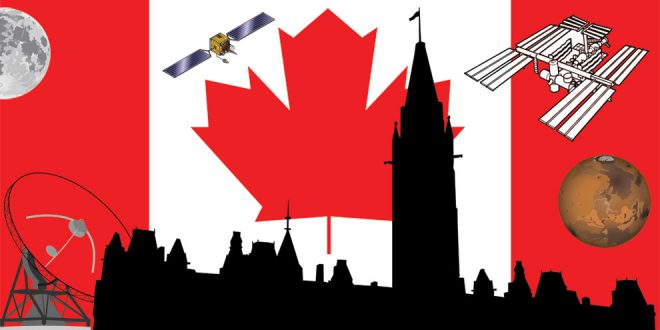SpaceQ has learned some new details about the forthcoming Space Advisory Board. The board will consist of up to 12 people, likely with representation from across the country.
As we previously reported, the announcement is expected within the next two weeks.
People who had applied and were selected, began receiving calls last week confirming their selection according to sources SpaceQ communicated with.
The Space Advisory Board will have to get up speed quickly on the governments thinking for the new Space Strategy. Sources tell SpaceQ that’s still set to be released around mid-June, with Cabinet likely reviewing the new policies in mid-to-late May.
The Space Advisory Board will almost immediately begin a cross-country consultation process that will in-part influence what’s in the new Space Strategy.
What does the Space Advisory Board do?
In the announcement last fall for the search for candidates, the government said “the Space Advisory Board will support the development of long term priorities for space, as part of an inclusive Innovation Agenda for Canada to help businesses grow, innovate and export, led by the Minister of Innovation, Science and Economic Development. The Space Advisory Board will take on a leadership role that may include outreach and consultation to ensure a growing and sustainable space sector in the long term that can create good quality jobs and wealth for Canadians.”
“The Government of Canada is seeking candidates for a Space Advisory Board that is inclusive, forward-thinking and positioned to drive innovation and science in Canada, and that will help identify future opportunities for economic growth that will benefit all Canadians. Consideration will be given to individuals from industry, the academic and research community, and not-for-profit sector that can provide specific knowledge on Canada’s current and potential niche strengths in space science and technology, including emerging technologies and space-related applications both within and beyond the space sector.”
“Industry representation from large, medium-sized, and smaller firms is also desired, taking into account the need to identify positive economic impacts throughout the value chain, including a wide range of products and technology applications.”
 SpaceQ Space news and analysis.
SpaceQ Space news and analysis.




